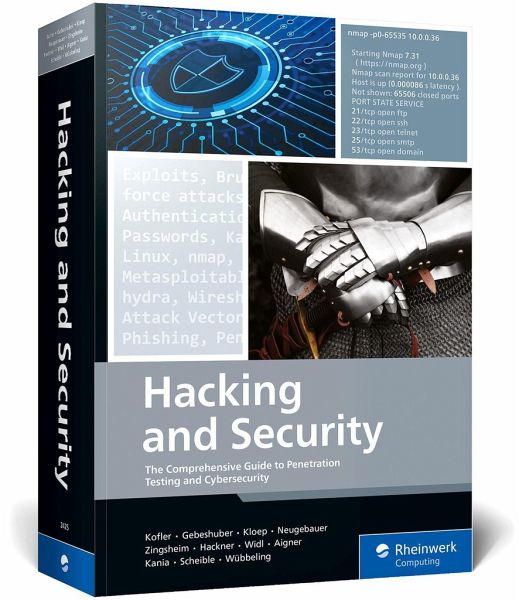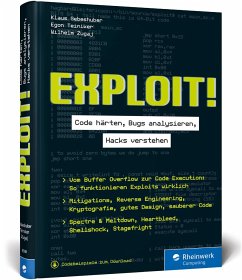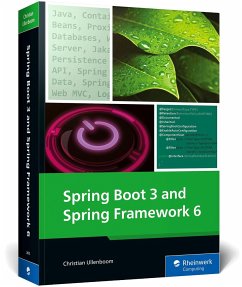
Hacking and Security
The Comprehensive Guide to Penetration Testing and Cybersecurity
Versandkostenfrei!
Sofort lieferbar
46,99 €
inkl. MwSt.

PAYBACK Punkte
23 °P sammeln!
Uncover security vulnerabilities and harden your system against attacks! With this guide you'll learn to set up a virtual learning environment where you can test out hacking tools, from Kali Linux to hydra and Wireshark. Then expand your understanding of offline hacking, external safety checks, penetration testing in networks, and other essential security techniques, with step-by-step instructions. With information on mobile, cloud, and IoT security you can fortify your system against any threat!












